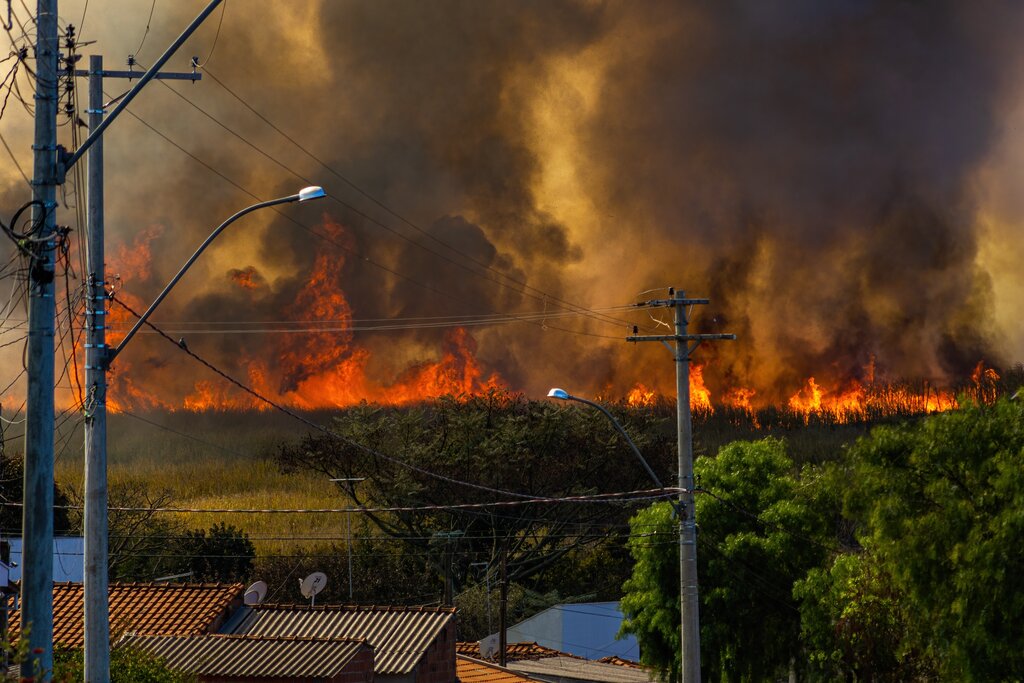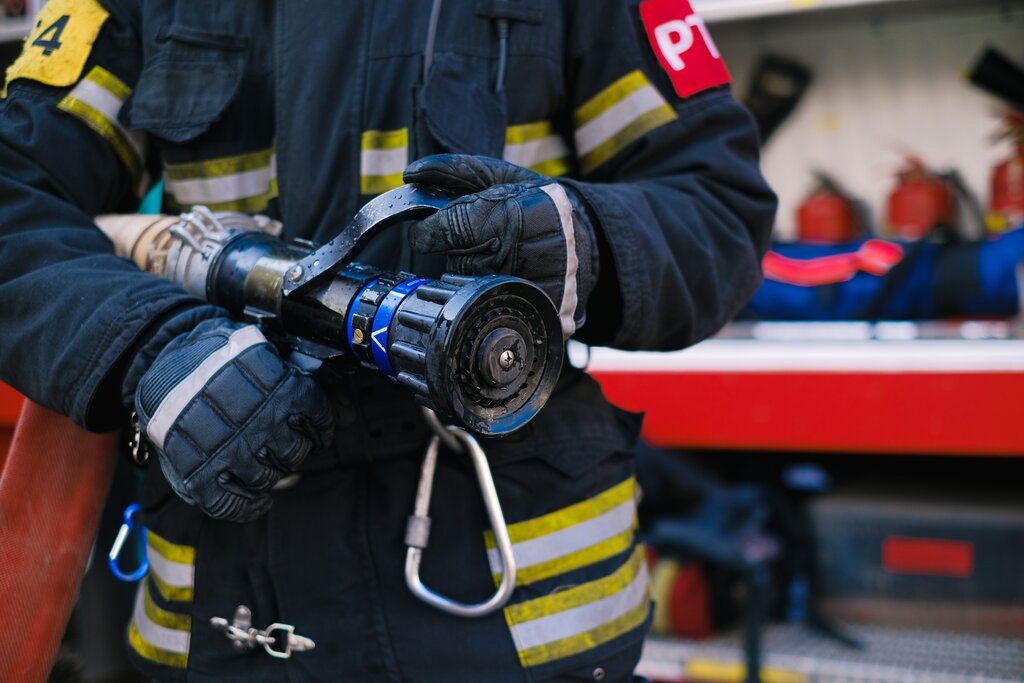Aerial Firefighting Crews Provide
Much-Needed Support
All over the world during wildfire season, aerial firefighting crews must make incredibly low flights over burning terrain in order to help extinguish the flames. When the retardant is dumped it can be a spectacular sight.
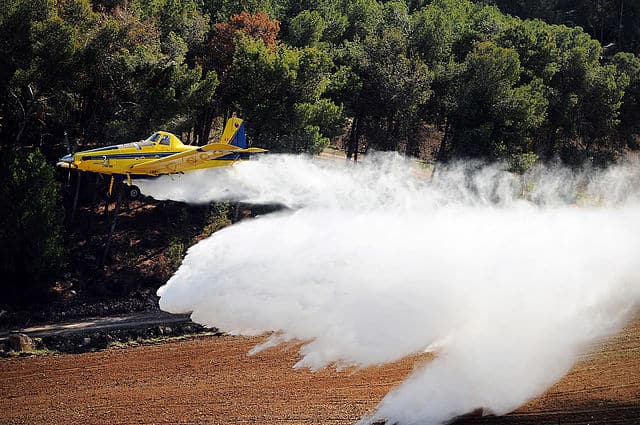
But these low flights are extremely difficult and dangerous.
To be effective, the pilots must fly the large aircraft no higher than 200 feet above the treetops. Thirty-seven firefighters have died in aerial firefighting accidents in the last decade. According to the US Forest Service, if similar casualty rates prevailed on the ground, more than 200 ground firefighters would die every year.
On the other hand, these aircraft allow fire crews to work in areas that would be too hot and dangerous to work without them. Sometimes aircraft support is the only way firefighters are able to fight particular wildfires.
The Objective of Aerial Firefighting
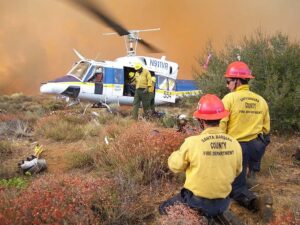
Contrary to popular opinion, the goal of aerial firefighting is not to put out the fire directly. Rather, aircraft provide support to the ground crew. When a large plane dumps a cloud of red retardant at the site of a forest fire, it helps build a fireline around the flames. By the same token, a helicopter or a small scooper plane dumps water directly onto the wildfire to tamp things down to allow the ground crews to encircle the area with firebreaks.
According to Dennis Chrystian, a Canadian firefighting pilot based in Alberta, “It is the men and women with boots on the ground (with cooperation from nature) that put fires out; we only operate in support of the ground crews. We act to slow or hold fires so that the ground crews can get them under control.”
“It is the men and women with boots on the ground …that put fires out; we only operate in support of the ground crews.”
Canadian Firefighting Pilot
The Cost
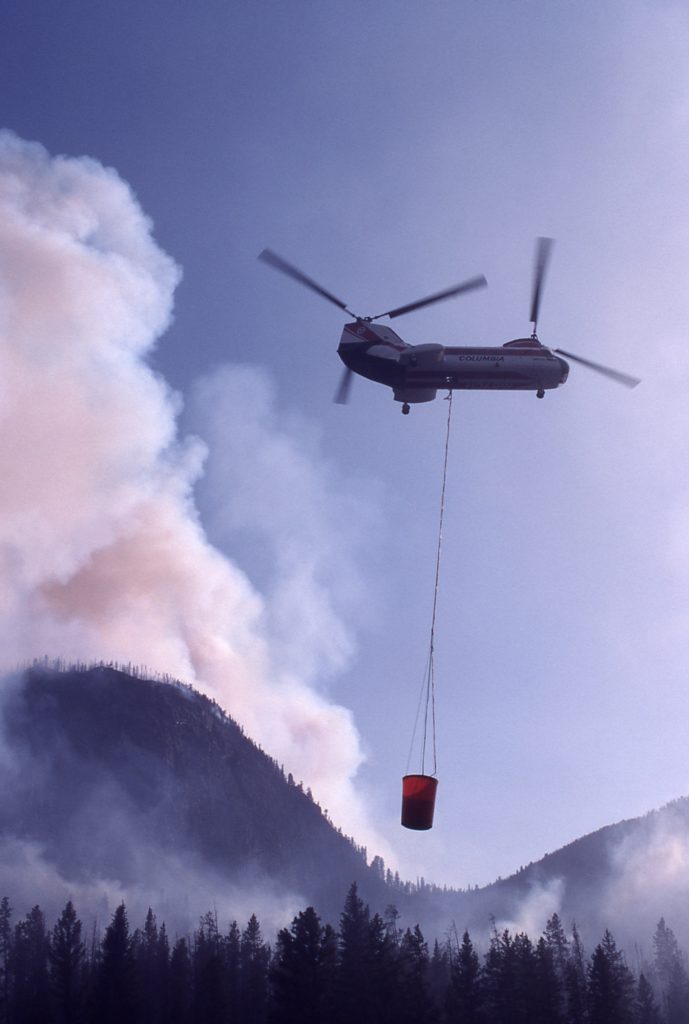
But aerial firefighting is expensive. Tankers cost upwards of $6,000 per hour to operate. According to Edward G. Keating, a senior economist at the RAND Corporation, “Retardant costs about $3 a gallon. When you’re dropping 3,000 gallons per drop, that’s $9,000 every time.” In contrast, he says, water scooped from a nearby lake is free.
A recent RAND Corporation study indicated that water scoopers “are considerably less expensive to own and operate than larger helicopters and fixed-wing airtankers ($2.8 million versus $7.1 million per year).” The study also said that scoopers can drop more water than airtankers can drop retardant. They recommended that the Forest Service acquire an initial attack fleet that is predominantly composed of water-bearing scoopers.
On the other hand, US Forest Service experiments have demonstrated that retardants can reduce fire intensity and spread up to twice as effectively as water. And the RAND study did concede that “in some cases, water is less effective in supporting fire-control line construction.”
–Article Continues Below–
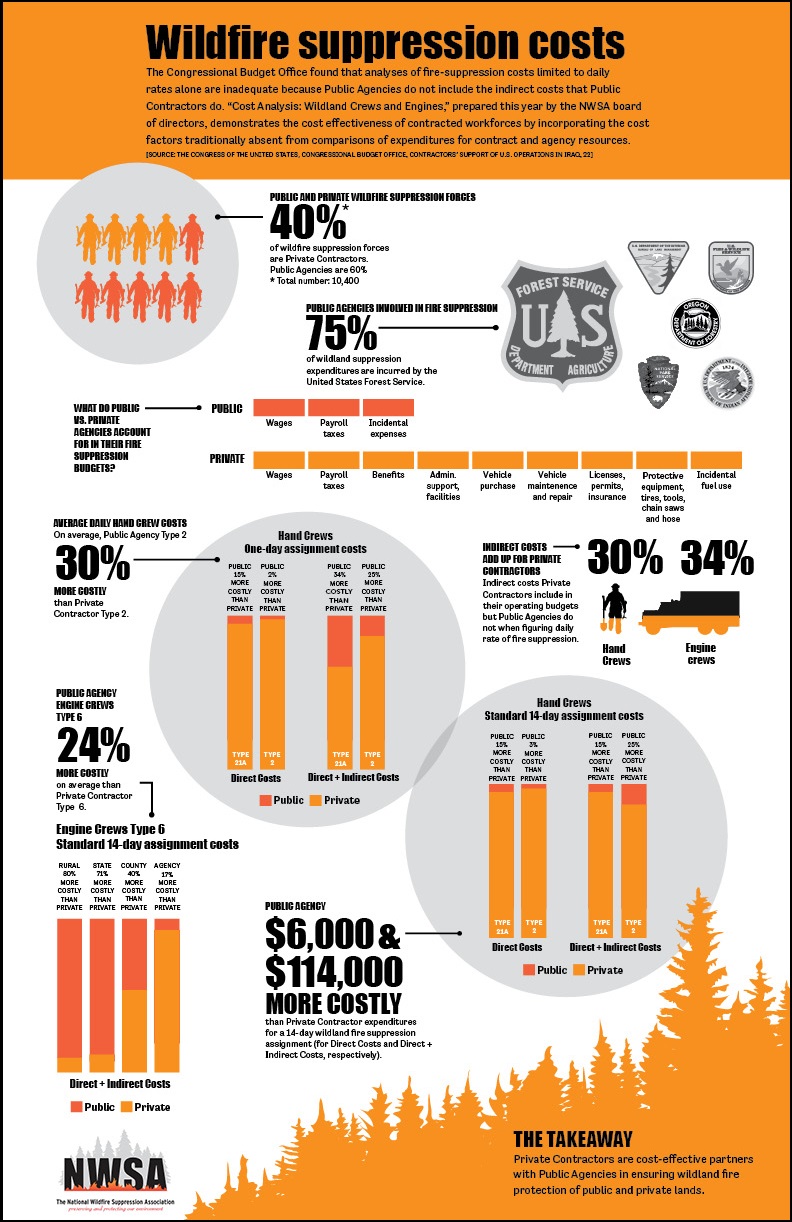
In any event, once a big fire is burning, there’s no time to pause and debate issues of effectiveness or cost. The conventional wisdom among firefighters is that aircraft should be used in the “initial attack,” the first few hours of a fledgling wildfire, in order to keep the blaze in a holding pattern and buy time for the firefighters on the ground.
The DC-10 Tanker
One of the largest firefighting air tankers currently in use is the DC-10. This aircraft can carry up to 12,000 gallons of water or fire retardant in an exterior belly-mounted tank, the contents of which can be released in eight seconds. Three of these air tankers are currently in operation, most recently used in the 2016 Sherpa, San Gabriel Complex and Pine Fires in Southern California. (See related articles, “Record Heat Fuels Southwest Wildfires,” and “San Gabriel Fires Could Merge.”)
According to a recent article in Priceonomics, when the DC-10 tanker “soars low over the landscape and empties a bellyful of crimson chemical dust onto the treetops, it may or may not be doing any good, but it certainly looks effective.” And it makes for great television coverage. Just take a look at the promotional video from the manufacturers of the DC-10 tanker:
The DC-10’s ability has changed firefighting tactics. It allows fire crews to hit small fires as hard as possible before they grow into bigger, more unpredictable conflagrations. This tactic is called “first strike,” and it’s being adopted by fire agencies around the world.
Sources:
Featured Image: U.S. Air Force Photo, Public Domain

